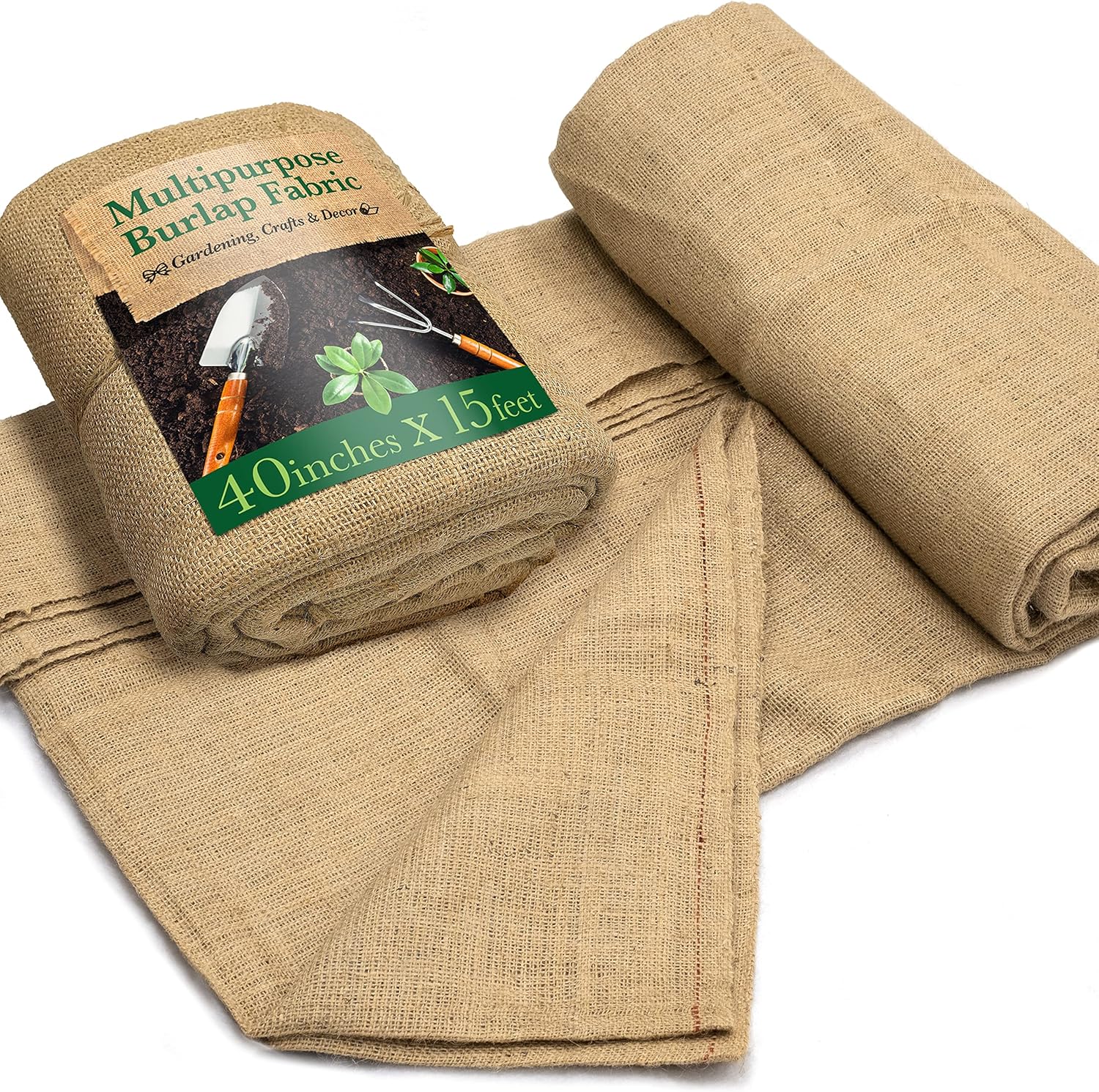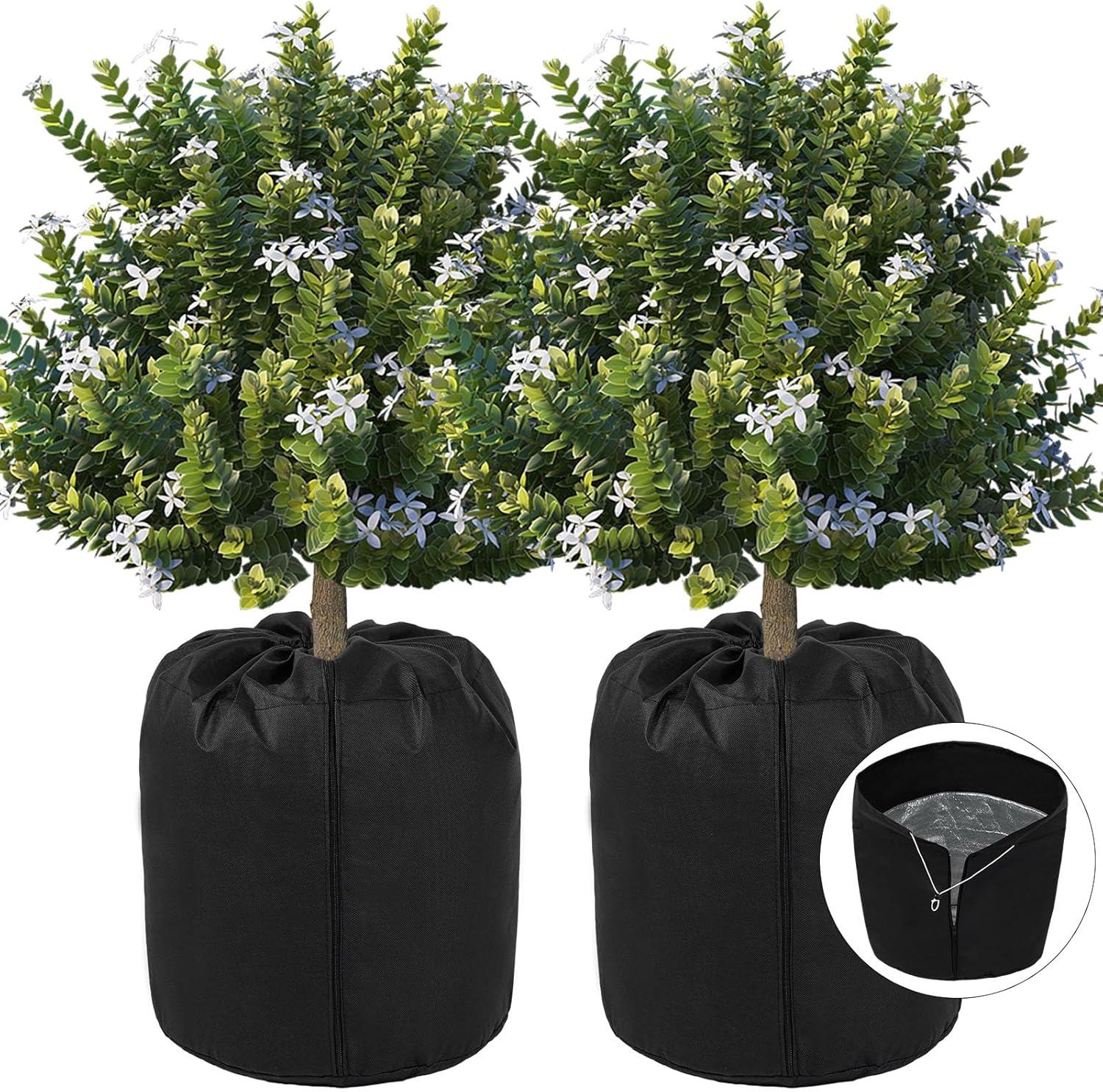This 1 Trick Can Help Your Container Plants Survive Winter – it's Gardener-Approved and Won't Cost You Anything
Discover why you should move pots together for extra warmth
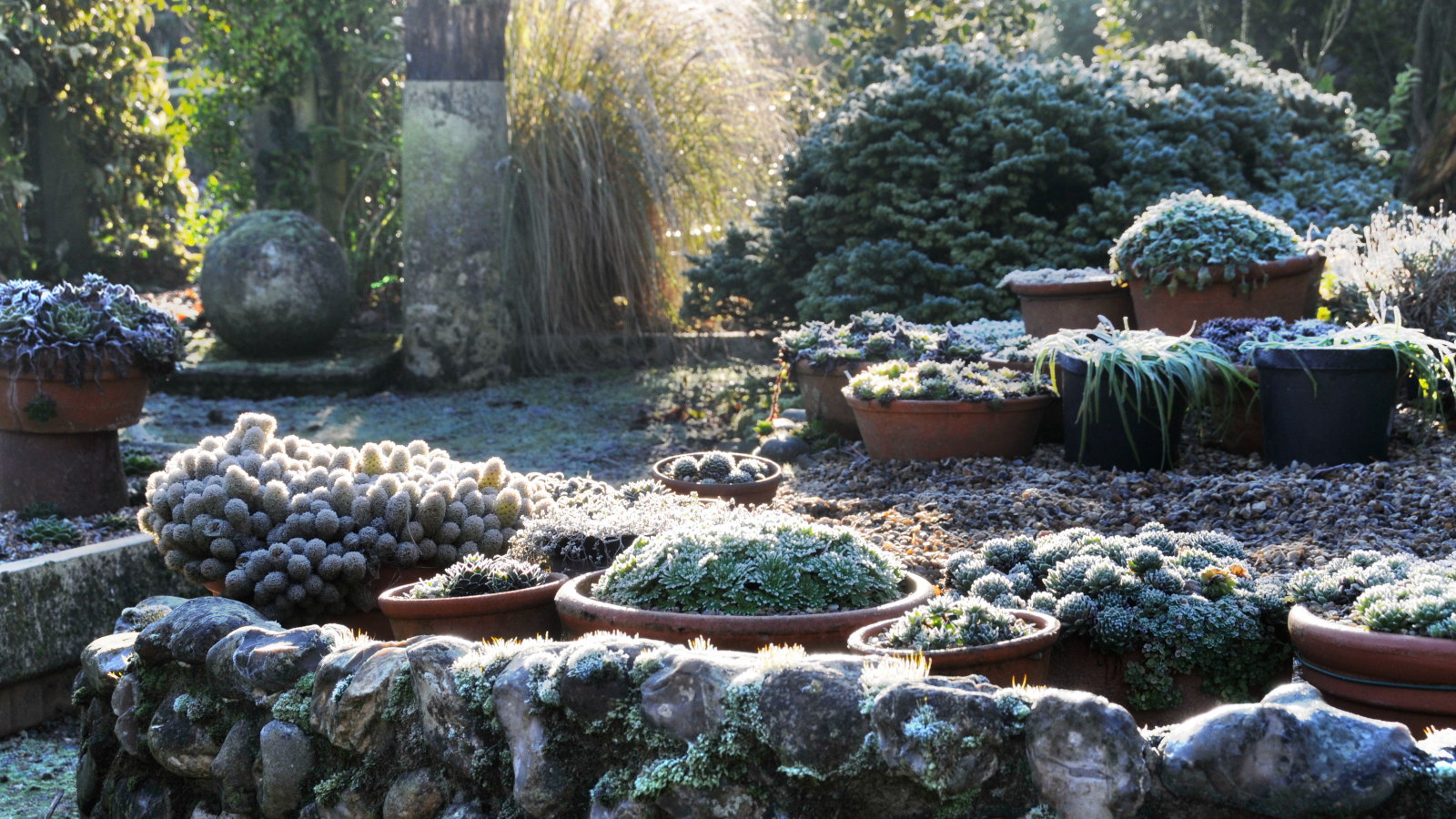

Frost is a gardener’s nightmare, especially if you have lots of plants in containers. But were you aware that one of the easiest ways to protect plants is to move pots together for winter?
The theory behind it is simple. Moving pots close together creates a natural microclimate that traps heat and shelters the plant’s delicate roots. Keep this gathered collection of plants in a sheltered area, and you greatly reduce the risk of losing them to frost.
If you are like me and prefer to keep things simple, this is as straightforward a way to protect plants from frost as you can find. I have lots of containers in my garden and move pots together for winter, creating clusters in protected areas. And it has worked to protect pots and planters from frost during my winters in zone 8.

Experts recommend gardeners move pots together for winter – and here’s why
Be prepared, and plan your fall gardening checklist well in advance. Keep a close eye on local weather forecasts and make a plan for which plants in your container garden need to be moved and where.
Good planning means all plants you are overwintering indoors are tucked away before the frosts arrive, and those container plants staying outdoors are protected from winter weather in time.
It should be quick and easy to move pots together for winter, so let’s look at why and where to do it. As a bonus, gardening experts give their insights to help your plants survive winter unscathed.
Why you should move pots together for winter

Plants in containers are more susceptible to frost. A plant’s overall hardiness is notably reduced in a container, as the roots are more exposed to frost. In a flower bed or border, it benefits from the heat and insulation from the ground around it.
Design expertise in your inbox – from inspiring decorating ideas and beautiful celebrity homes to practical gardening advice and shopping round-ups.
However, when planted in a container, there is only a limited amount of soil and the thickness of the pot between the roots and the frost.
Don’t panic, though, as there are many ways to protect container plants from winter weather. There are options of wrapping them, submerging pots in the ground, and mulching them, but potentially one of the simplest ways is to move pots together for winter.
‘Grouping containers helps create a shared microclimate that traps radiant heat and shelters plants from wind exposure,’ says Brandon McCormick, a landscape design and product development director who specializes in planters.
‘When planters are clustered closely, the air between them becomes slightly warmer and more stable, reducing temperature fluctuations that stress plant roots.’
Grouping pots helps retain warmth and shield plants, and they all benefit from a natural barrier against cold weather.
For an efficient method, place the least hardy and most vulnerable plants in the middle where they can benefit the most from the insulation provided by the outer hardier pots.

Brandon McCormick is the landscape design and product development director at Carlsbad Manufacturing Corporation, where he plays a key role in guiding product innovation across its family of brands, including Stone Yard, Planters Unlimited, and Hooks and Lattice. With a lifelong foundation in horticulture, Brandon brings a unique depth of plant knowledge to the built environment. His combined experience in landscape maintenance, rare plant care, and design collaboration positions him as a trusted expert at the intersection of form, function, and green innovation.
Where to move pots together for winter
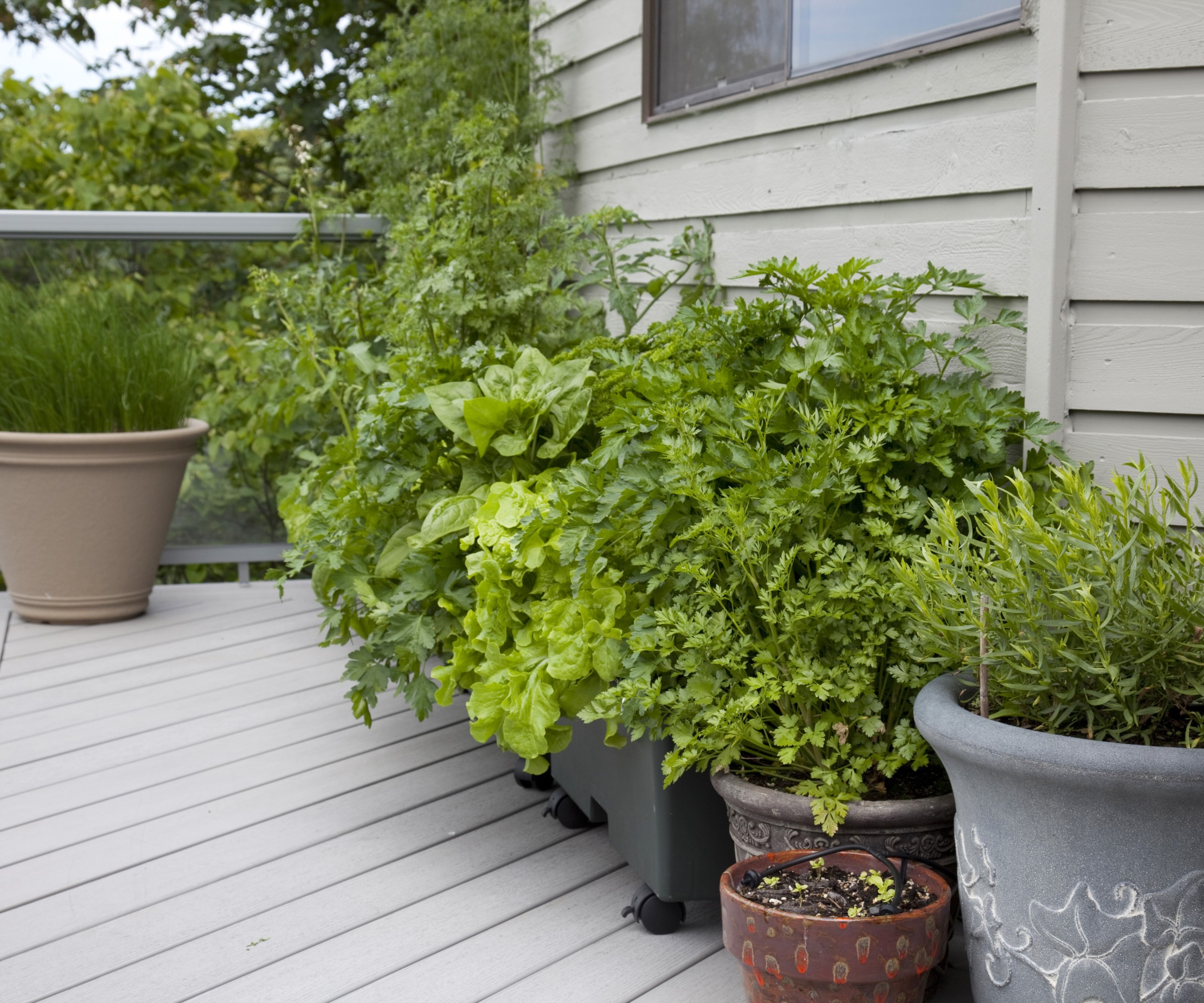
You move pots together for winter to protect them, so picking the right spot to keep them is vital. There would be no point grouping pots in a frost pocket or freezing corner of the yard; you want somewhere sheltered against the worst of the winter elements.
While smaller pots can be kept in an unheated greenhouse, cold frame, porch, or conservatory during winter, larger ones can benefit from the natural warmth and protection provided by buildings or structures.
‘Cluster the pots in a sheltered spot, against a garden fence or against a house wall,’ says Lydia Beaumont, a gardening expert for Gardeners' Yards. ‘This will keep them away from the wind, and they will benefit from the residual heat, especially if it’s close to your home.’
Brandon McCormick hails the natural protection you can take advantage of by placing pots against a south-facing wall, or beneath an overhang or eave. He adds: ‘These locations radiate warmth, block harsh winds, and shield pots from freezing rain.’
South-facing garden walls absorb warmth even from winter sun, and will release it slowly after the sun goes down. This microclimate can be sufficient to protect plants from frost overnight.

Lydia Beaumont is a gardening expert for Gardeners' Yards - a trusted online resource for gardeners to grow, inspire and discover. Whether crafting stylish table settings or transforming a garden into a personal oasis, Lydia loves making every space stunning and comfortable.
Extra expert tips
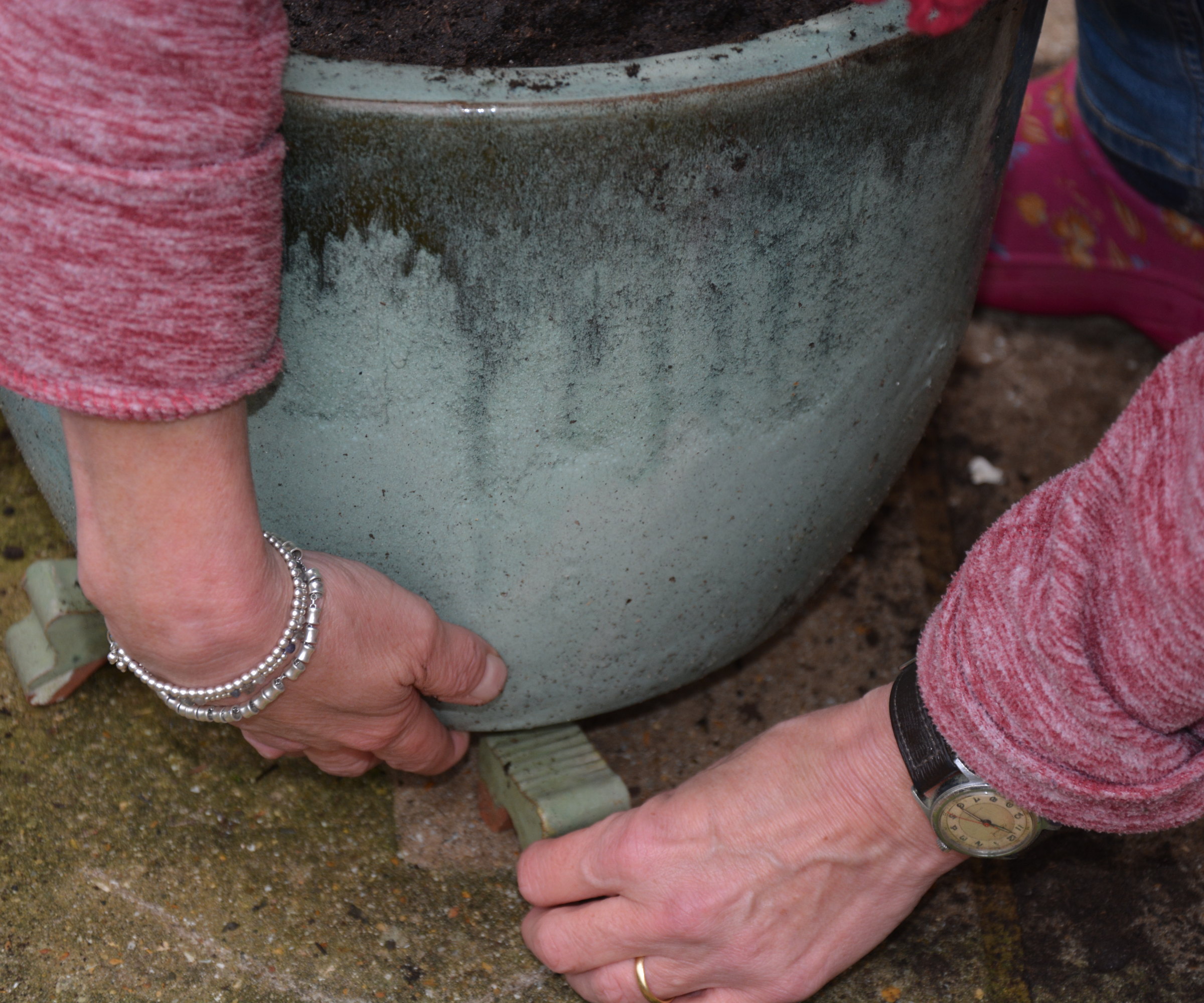
If you worry that moving pots together for winter may not be enough, are there any other extra measures you can take to protect your plants? Yes, there are, and the experts offered a couple of bonus pieces of advice to help your container plants survive winter.
‘For extremely cold regions, adding a layer of mulch around the base of plants or wrapping the planter in breathable fabric can offer additional root protection,’ advises Brandon. Breathable fabric options for wrapping potted plants for winter include horticultural fleece, burlap, bubble wrap or protective pot covers.
And Lydia adds: ‘Raise pots off the floor, using wood or bricks; this helps prevent the roots from sitting in soggy, cold soil all winter.’ An alternative to wood or bricks is to use pot feet, such as these rubber pot risers at Amazon.
A final option, and an alternative to wrapping individual pots, is to pack straw or fleece between the pots when you move them together, to provide added insulation for the roots.
If you have large tender or borderline hardy plants in your yard, you can wrap them up for winter with horticultural fleece or burlap to protect them from frost. You want them protected before the first frosts in your climate, so check our guide to plants to wrap up in November to make sure you’ve got all these plants covered in time.

Drew has worked as a writer since 2008 and was also a professional gardener for many years. As a trained horticulturist, he worked in prestigious historic gardens, including Hanbury Hall and the world-famous Hidcote Manor Garden. He also spent time as a specialist kitchen gardener at Soho Farmhouse and Netherby Hall, where he grew vegetables, fruit, herbs, and cut flowers for restaurants. Drew has written for numerous print and online publications and is an allotment holder and garden blogger. He is shortlisted for the Digital Gardening Writer of the Year at the 2025 Garden Media Guild Awards.
You must confirm your public display name before commenting
Please logout and then login again, you will then be prompted to enter your display name.
